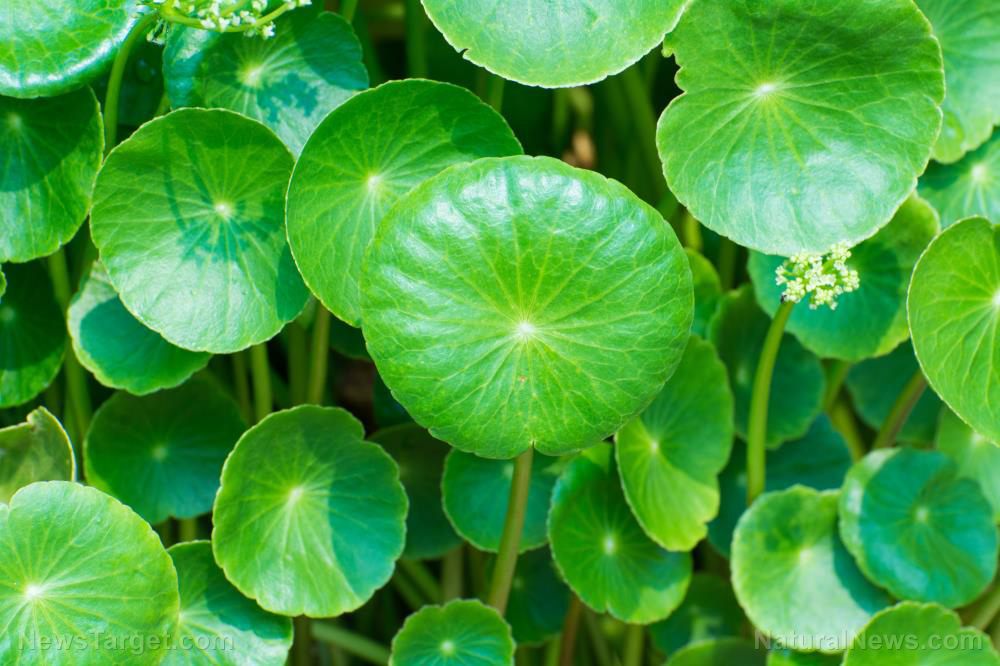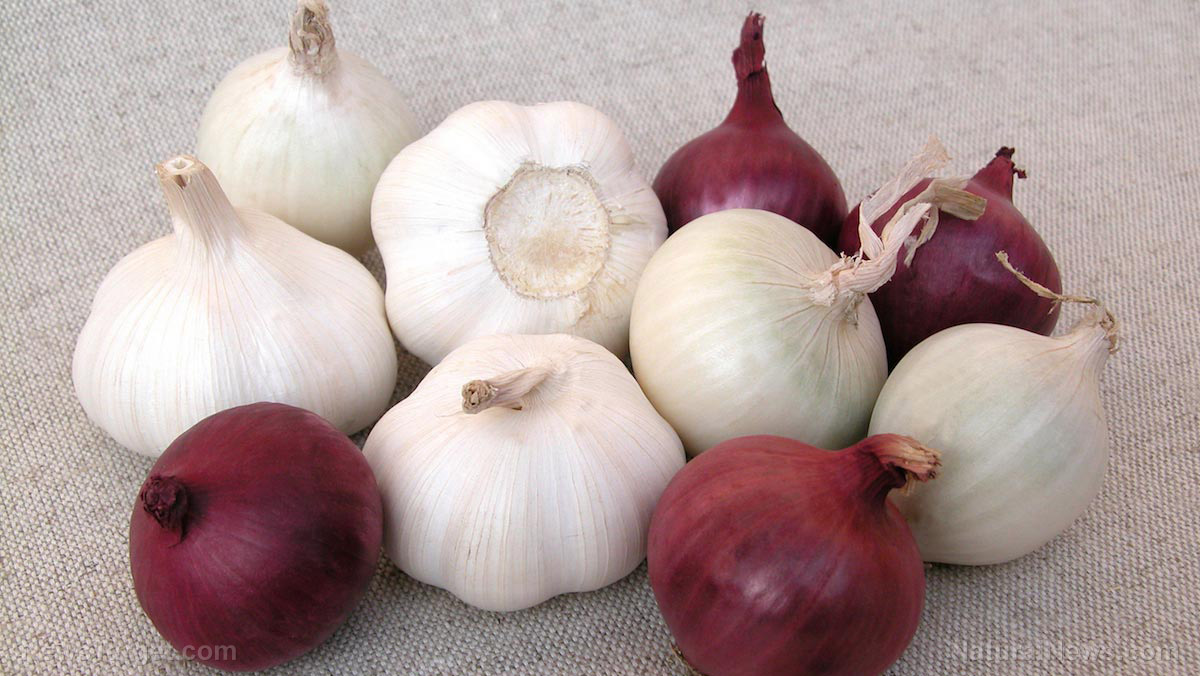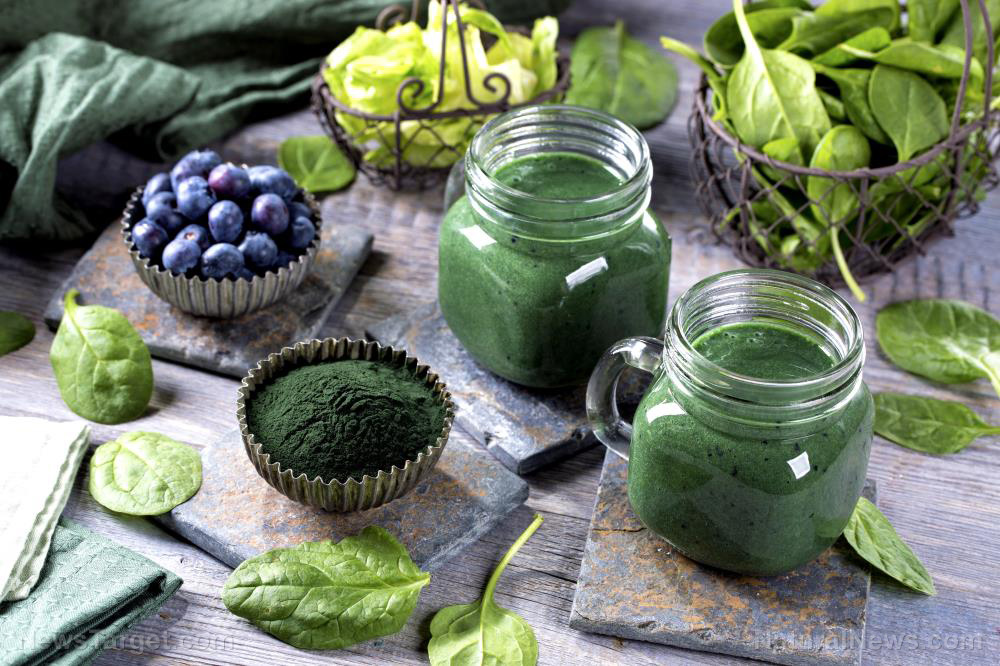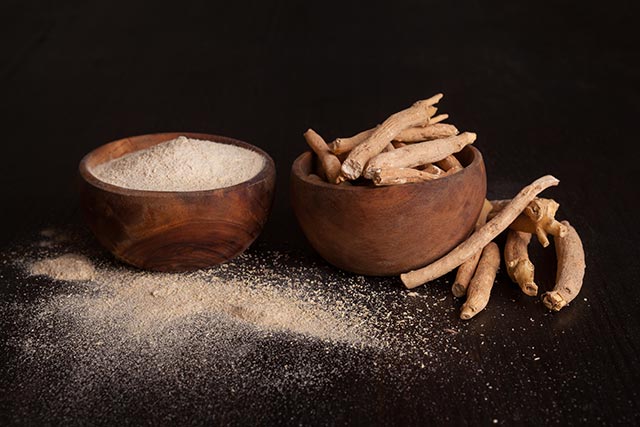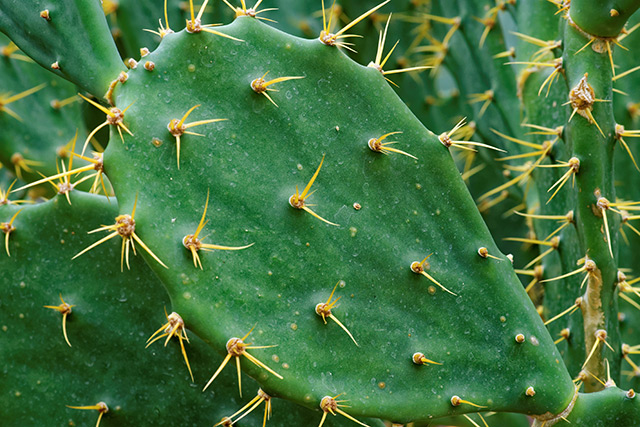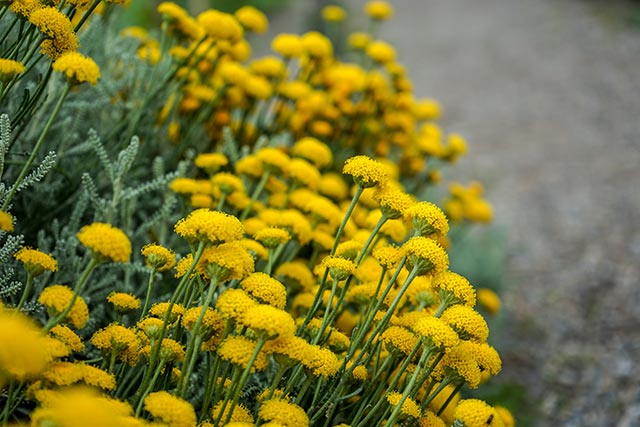Brazilian plant demonstrates potent antifungal activity
02/13/2019 / By Michelle Simmons

Researchers from the Federal University of Rio Grande do Sul in Brazil have found that a Brazilian plant species called Poiretia latifolia exhibits powerful antifungal activity. In their study, which was published in the journal Industrial Crops and Products, they reported that the essential oil of P. latifolia may be used as an antidermatophytic and anti-inflammatory agent.
- P. latifolia has been used in traditional medicine for a wide range of conditions.
- For the study, the researchers assessed the antioxidant potential, anti-inflammatory activity, and antifungal effect of P. latifolia essential oil and its major compounds.
- The researchers identified limonene, trans-dihydrocarvone, and carvone as the primary compounds of P. latifolia.
- Based on the results, the researchers found that P. latifolia exhibited antioxidant activity at 0.508 milligrams per milliliter (mg/ml).
- P. latifolia also displayed anti-chemotactic effect by inhibiting up to 94.7 percent of neutrophil migration.
- The researchers evaluated the antifungal activity of P. latifolia and its compounds against yeasts (Candida spp.) and dermatophytic filamentous fungi (Microsporum spp. and Trichophyton spp.).
- They found that P. latifolia essential oil exhibited antifungal activity against M. canis, and a mixture of carvone and limonene was effective against the dermatophytes T. rubrum and T. mentagrophytes.
With these findings, the researchers concluded that P. latifolia essential oil may be used against several fungi species.
To read more studies on the health benefits of P. latifolia essential oil, visit EssentialOils.news.
Journal Reference:
Nunes Alves Paim LF, Flores Dalla Lana D, Giaretta M, Jacobi Danielli L, Meneghello Fuentefria A, Anders Apel M, Clemes Külkamp- Guerreiro I. POIRETIA LATIFOLIA ESSENTIAL OIL AS A PROMISING ANTIFUNGAL AND ANTI-INFLAMMATORY AGENT: CHEMICAL COMPOSITION, BIOLOGICAL SCREENING, AND DEVELOPMENT OF A NANOEMULSION FORMULATION. Industrial Crops and Products. 15 December 2018; 126: 280-286. DOI: 10.1016/j.indcrop.2018.10.016
Tagged Under: alternative medicine, anti-inflammatory, antidermatophytic, Antifungal, Brazilian plant, essential oils, herbal medicine, medicinal plants, natural cures, natural healing, natural medicine, natural remedies, Poiretia latifolia







